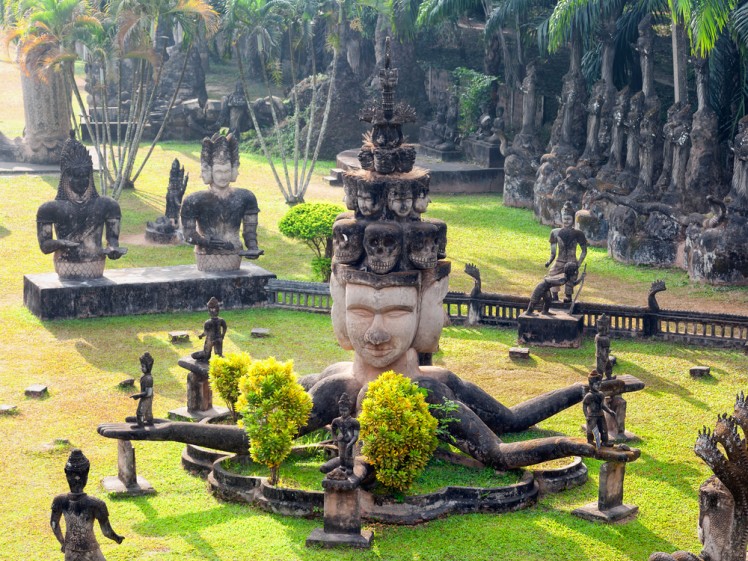
One of ASEAN’s least-travelled countries, even the larger cities of Laos don’t see huge numbers of tourist arrivals. For travel photojournalist David Bowden, eschewing even this and really ratcheting up the Lao adventure meter had him embarking on a rewarding journey to the country’s far less-visited southern region.
While the Peoples’ Democratic Republic of Laos (formerly and still informally called Laos), or Lao PDR, is one of the region’s least populated and poorest countries, it offers travellers a refreshing change from the bustling cities and better-worn travel paths that attract most visitors.
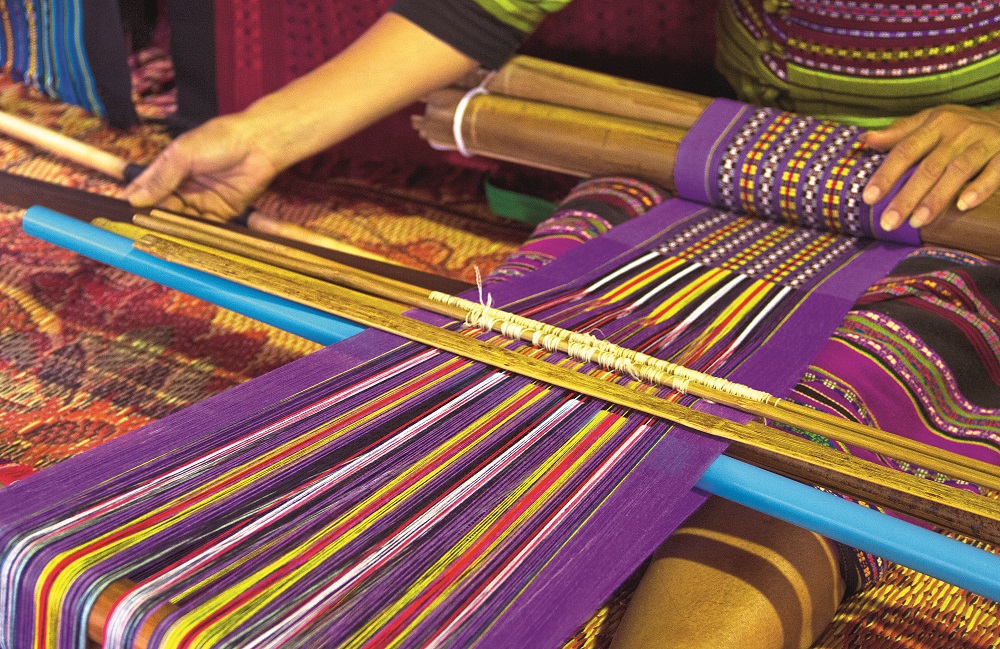
A flight to the capital Vientiane or to Bangkok in neighbouring Thailand, followed by a connecting flight on to the former royal capital of Luang Prabang in the north provide a recognised route for intrepid travellers, but because there are no beaches and expansive, luxurious resorts, the country mostly appeals to those with an interest in culture and nature. Young and adventurous budget travellers are lured to the country for several reasons, perhaps not least one of which is the local brew, called Beer Lao, which is one of the best and cheapest in the ASEAN region.
Southern Laos is completely different from the north and not yet on any recognised travel route. Unlike previous visits, I passed through the far southern part of the country on a road journey from Thailand through to Central Vietnam.
Mountains, rivers, and, plains
Students of geography will be fascinated by Lao PDR. It’s the only landlocked nation in Southeast Asia, which means it’s surrounded by the much bigger and more populous nations of China (north), Vietnam (east), and Thailand (south and west).
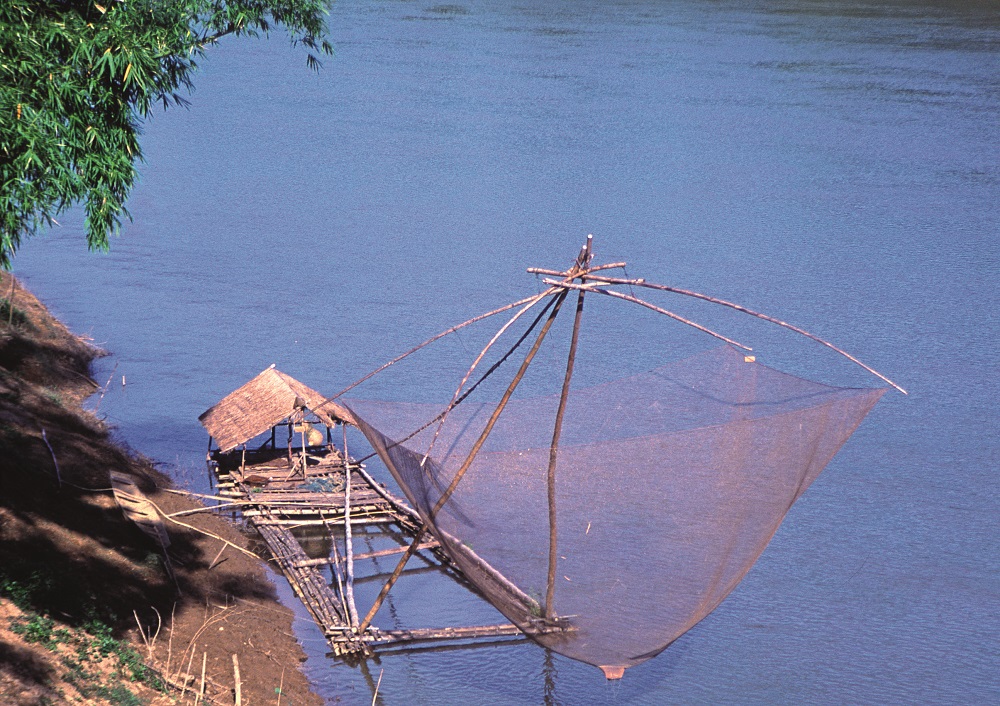
All these countries eye the abundant Lao resources and plans to extend the Chinese rail network south through Lao PDR to connect with that in Thailand will enable goods to flow freely from China into Southeast Asia. While there appear to be benefits in such a railway, some wonder how the Lao people stand to gain from it.
The Mekong River forms the border between Myanmar and much of Thailand, but a small patch of Lao PDR extends westward from the Mekong with a history that’s unknown to me. Lao history is fascinating especially as the country was an unofficial theatre of fighting during the Vietnam War.
Laos (as it was then known) was seemingly dragged into the war as the United States made its stand against the spread of communism from neighbouring China and North Vietnam. While none of these three countries declared war on Laos, tens of thousands of Lao people died and more bombs were dropped on the country than were dropped on Europe during World War II.
Border towns and temples
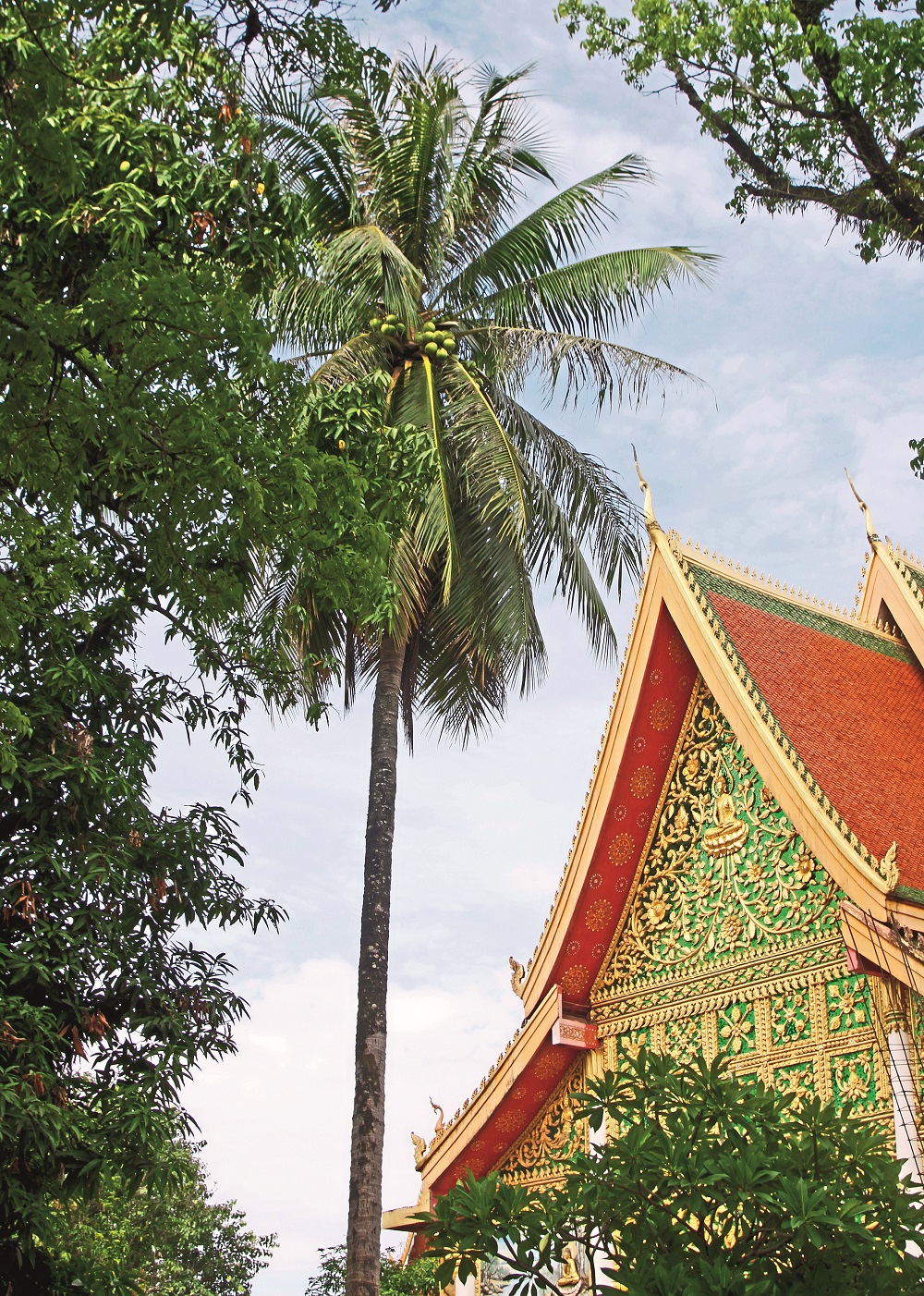
My journey through Lao PDR started way down south as I crossed by road from near Ubon Ratchathani in Eastern Thailand through the border at Chong Mek/Vang Tao.
A sign here indicated that the actual border is still disputed by Thailand and Lao PDR and it intrigued me as to why the Mekong River (which is the border for several countries in the region) isn’t the border here.
Before flying from Malaysia, I obtained a Lao visa at the embassy but discovered that it can now be done at this border crossing.
Like many road crossings in Southeast Asia, this border is lively with traders transhipping goods from one side to the other, touts for anything and almost everything, and duty-free stores on the Lao side.
At the village of Phontong, half way between the border and Pakse, a decision was made to head cross-country to the famous Wat Phou (Vat Phou) Temple.
While shorter in distance than driving to Pakse and then south to Wat Phou, the dirt road is a tortuous journey of potholes and the finest red dust imaginable. Everything within 100m of the road was dusted in this fine powder, with the only saving grace being that it wasn’t the wet season, when I’m sure the mud would have made the road impassable.
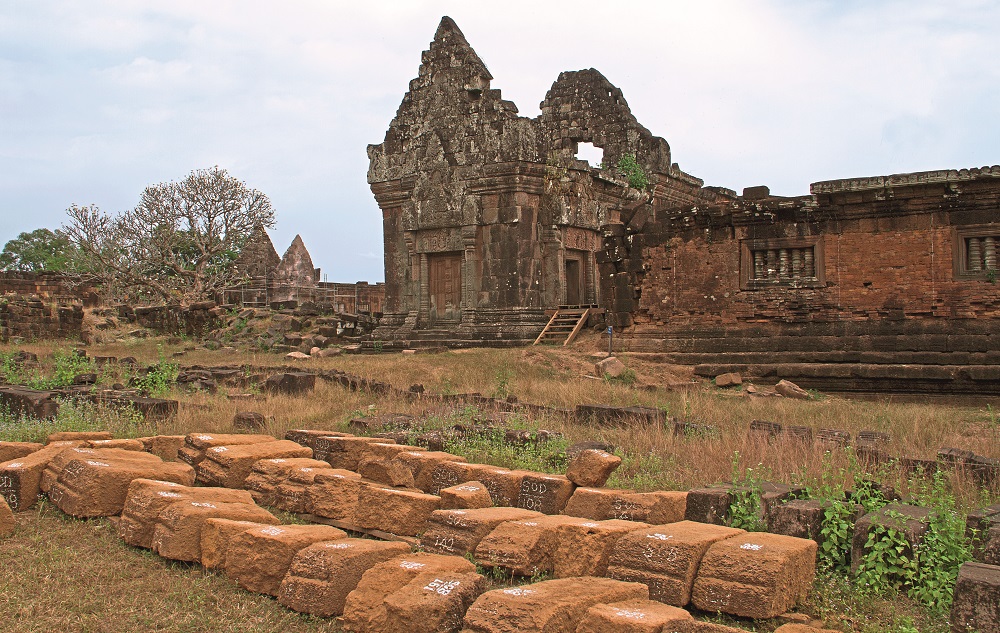
Wat Phou is one of the region’s most significant religious sites and is recognised as such by UNESCO as a World Heritage Site. Archaeological evidence suggests that the site has been occupied since the 5th century, but the remaining stone ruins are only from the 11th to the 13th centuries.
This Hindu site (it was later converted to Buddhism) is under restoration, but in many parts is a ruin of laterite and pink sandstone blocks that archaeologists are slowly trying to piece together. It looks like a giant jigsaw puzzle that is unfathomably complex to the untrained eye.
While many regional travellers are aware of the famous site of Angkor in Cambodia, not all appreciate that the Khmer Empire once extended through neighbouring lands such as Thailand and Laos. A quick reference to a map indicates that Angkor is only about 250km to the southwest but surely this long journey would have been incredibly arduous 1,000 years ago.
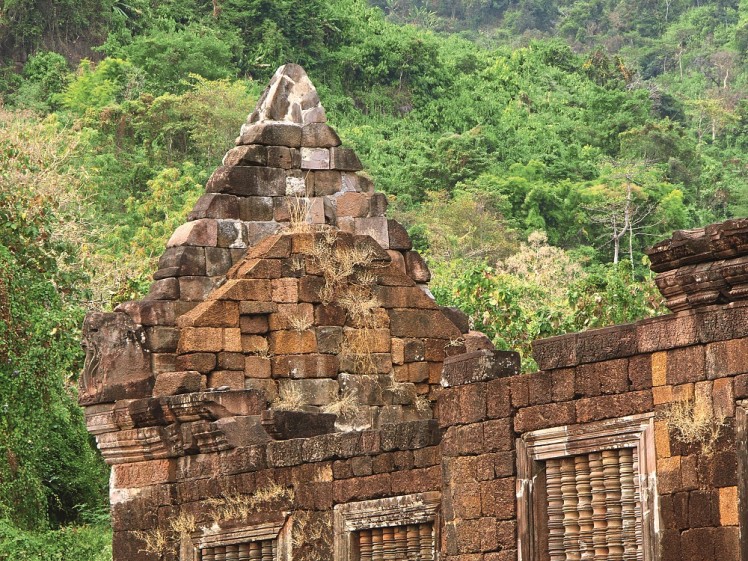
Interestingly,Wat Phou predates much of Angkor so it’s no wonder it’s held in high regard among archaeologists. It appeals for many reasons, especially as it’s off the main tourist routes and therefore not overrun like some of the more popular religious sites. There is evidence to suggest this was one of the most important settlements in the region in its time. Indiana Jones-types could spend all day here, and even those with just a passing interest in cultural sites should still allocate at least a few hours.
Waterfalls, hill tribes, and coffee
Pakse is a pleasant and sprawling town beside a bridge that traverses the Mekong River. Accommodations at the Champasak Grand Hotel exceeded my expectations and the hotel made a good base from which I could explore the town and surrounding district before heading up on to the Bolaven Plateau and across to Attapeu for the border crossing into Vietnam.
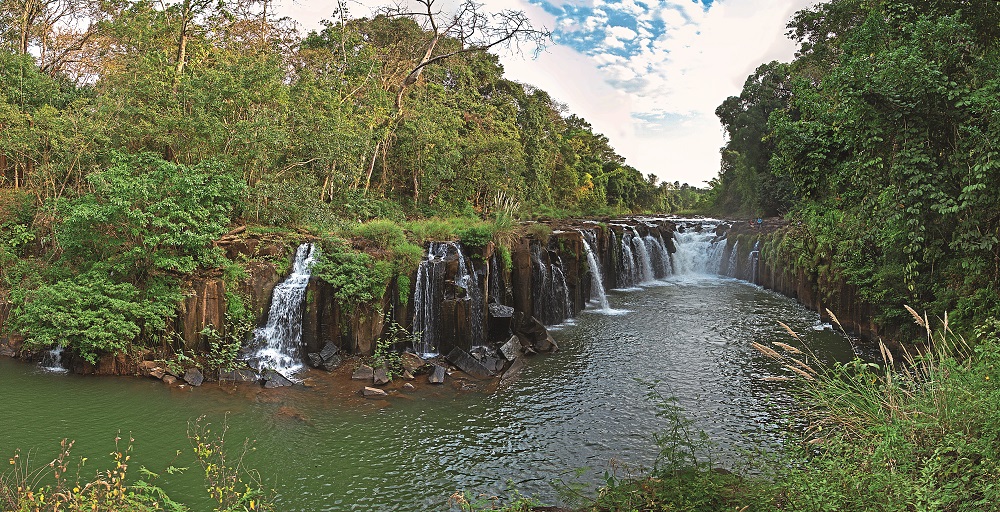
This part of Laos was once close to what was then known as the Ho Chi Minh Trail, which the North Vietnamese used to transports arms, goods, and soldiers through Laos and into South Vietnam. As such, it was a main target for US bombs during the Vietnam War.
Overall, though, the fighting around Pakse was not as fierce as that in the northern parts of Laos and was known as the ‘country club’ by American pilots and CIA agents who were active in the country during the war. While I didn’t look too closely, little remains now of the war and things appear to have returned to normal, although there must surely still be unexploded ordnance lying hidden in the forests.
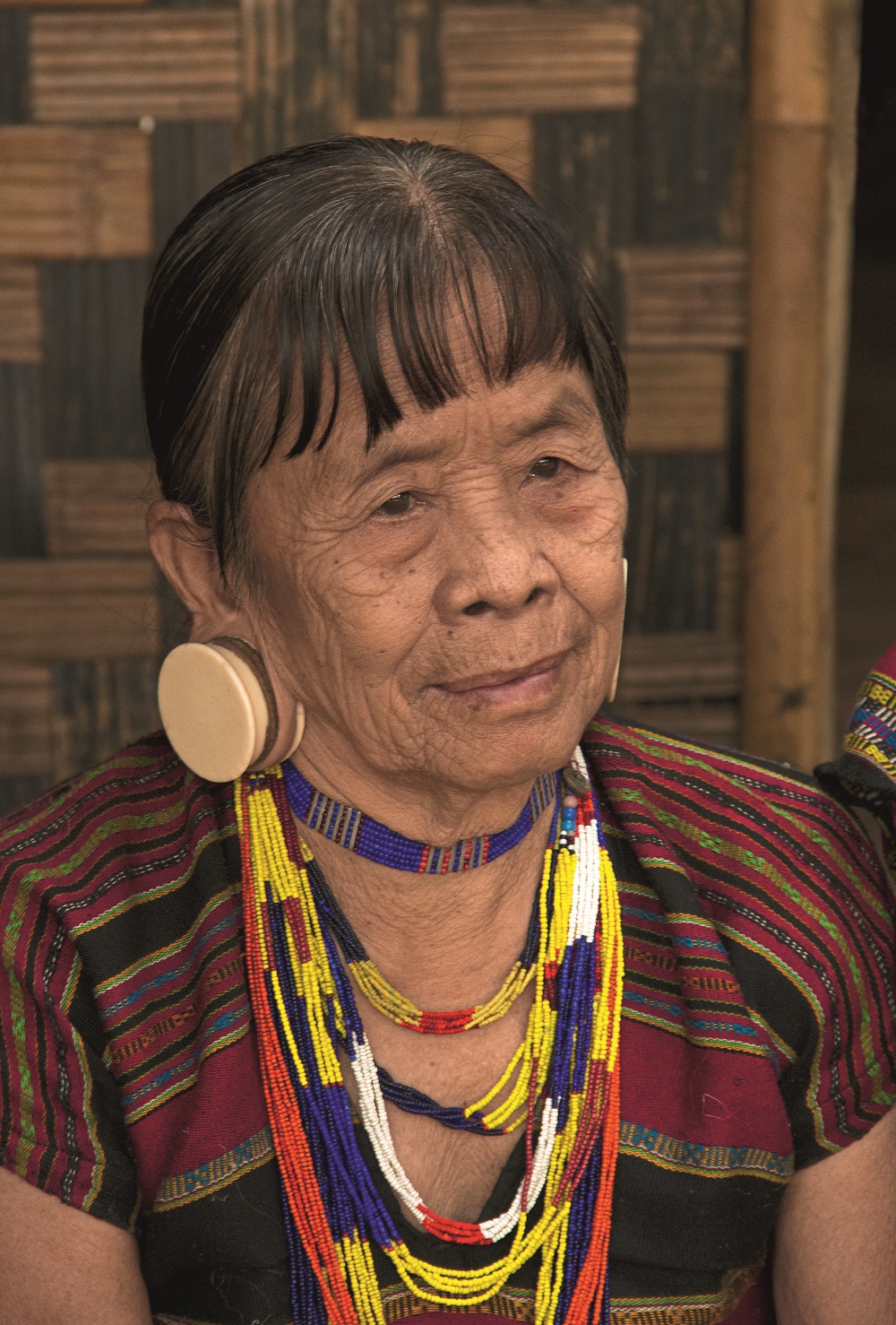
Waterfalls are a popular attraction and I enjoyed visiting two of the more spectacular – Tad Fane (Tad Fan) and Pha Suam. The former is the dramatic drop of two rivers that plunge 120m from the plateau into the darkness of the thick forests lining the valley.
Visitors can enjoy forest trails, beautiful flowers including orchids and gingers and stay in the small Tad Fane Resort.
Pha Suam Waterfall is located 40km northwest of Pakse and a small ‘museum village’ here offers a window into some of the hill tribe communities that live on the plateau.
Coffee is grown in vast plantations that were established by the French colonialists and now mostly owned by Chang Brewery from Thailand. Locals sell beans and ground coffee near Tad Fane, with beans the better choice, if only to guarantee that it’s 100% coffee.
Within a few hours of departing Pakse, I entered Central Vietnam at the small border crossing at Bo Y (Laos) and Ngoc Hoi (Vietnam).While the facilities here are modern, the post itself is very sleepy and, as far as I could determine, only open during daylight hours.
Perhaps one day, Southern Laos will be destined for bigger tourism arrivals, but at the present, this appealing travel destination is probably best left to adventurers, culture aficionados, and enthusiastic motorists.
Laos travel file
Arriving by air
AirAsia flies from Kuala Lumpur to Vientiane with the flight taking 2.5 hours. Lao Airlines flies from Bangkok to Pakse as well as on to Siem Reap (Cambodia) and Ho Chi Minh City (Vietnam), for those who may want to head off on an Indochina adventure.
Arriving by road
ASEAN borders are opening up and really adventurous travellers can now drive from Thailand into Laos, and then on to Vietnam and Cambodia.
Contact
Nature Tree (Explorer Caravan Department) organises road caravans through countries like Laos. You can reach them at +662 2377 5370.
Visa
ASEAN nationals don’t require a visa to visit Lao PDR, but many others do. Check with the Lao Embassy in Kuala Lumpur. Call +603 2148 7059.
This article was originally published in The Expat magazine (April 2016) which is available online or in print via a free subscription.
"ExpatGo welcomes and encourages comments, input, and divergent opinions. However, we kindly request that you use suitable language in your comments, and refrain from any sort of personal attack, hate speech, or disparaging rhetoric. Comments not in line with this are subject to removal from the site. "


















